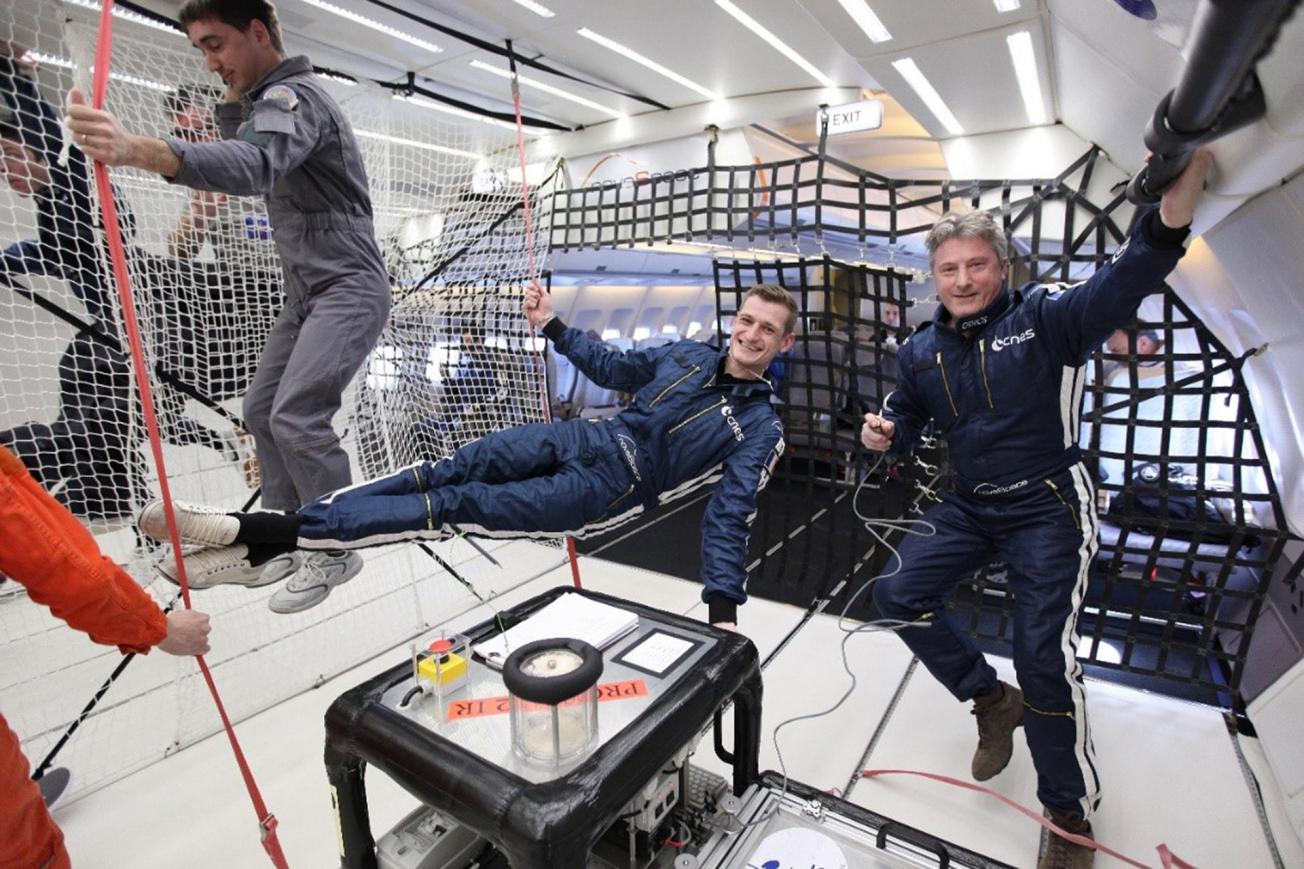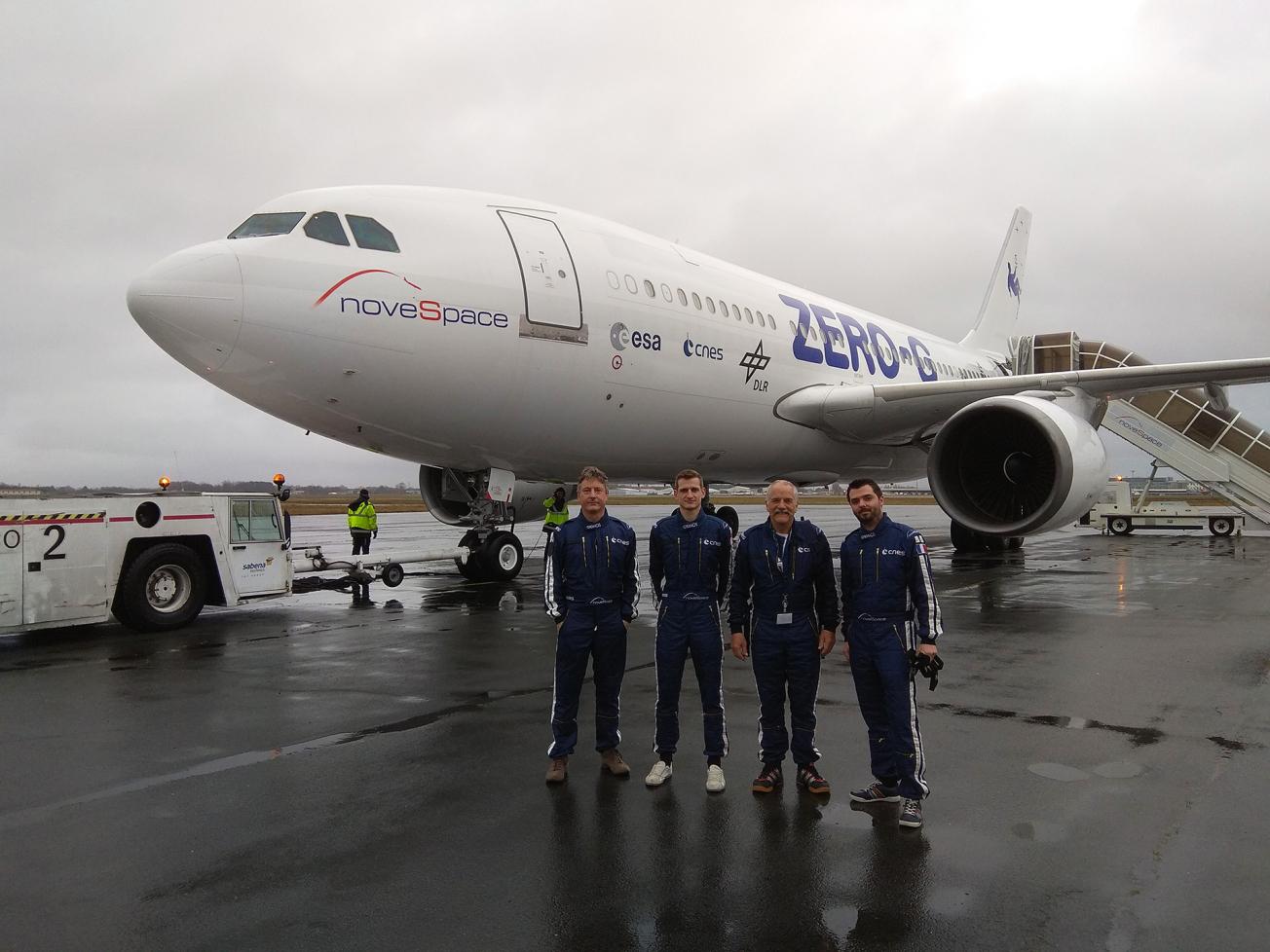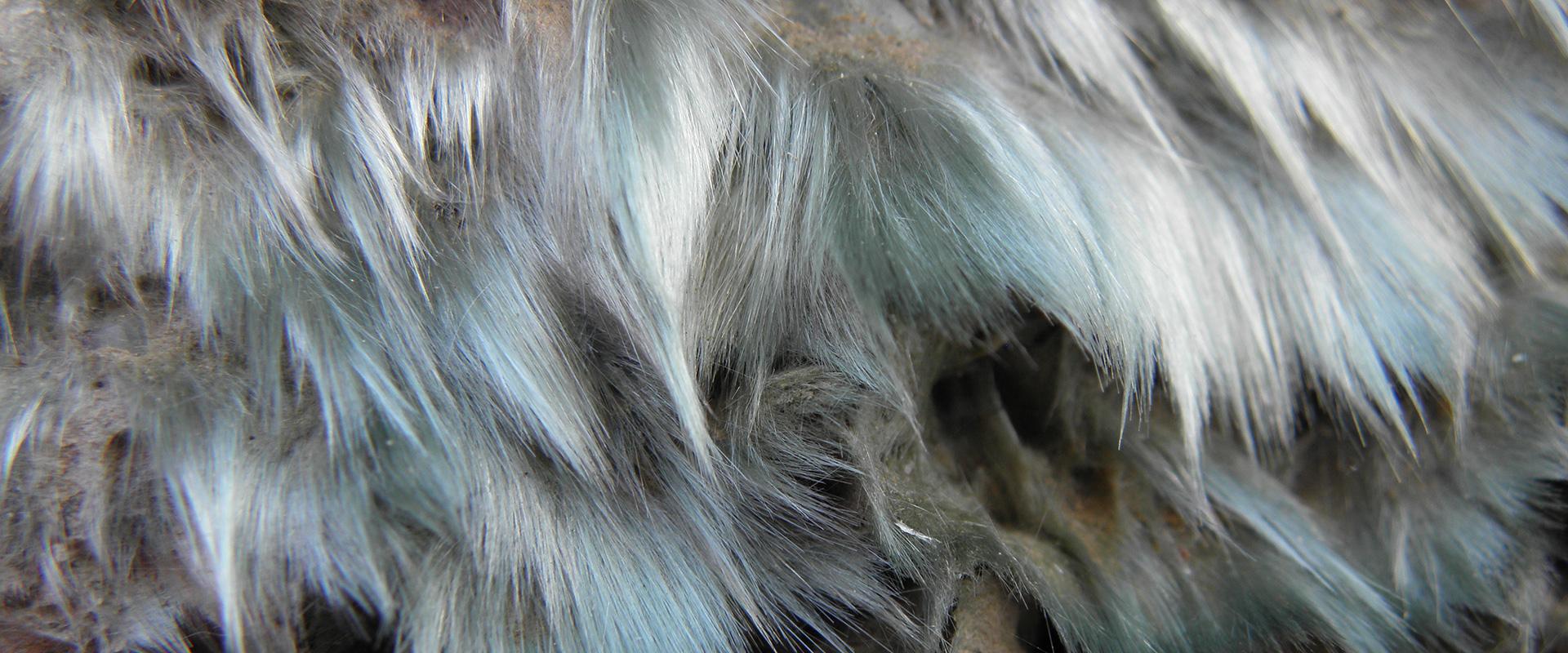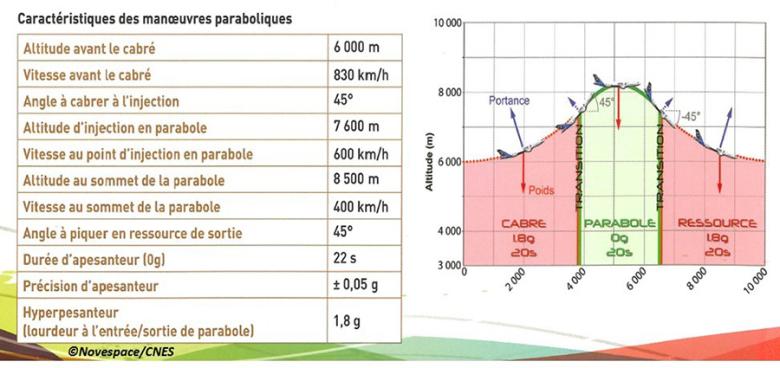
On the Zero-G flight run by the CNES on 28 March 2018, scientists from the BRGM and CNRS were able to conduct experiments in near zero-gravity conditions.
© Novespace - Nicolas Courtioux
The LOAC-AMIANTE project, conducted by the CNRS, BRGM and an SME, MeteoModem, under the French asbestos R&D plan (PRDA - Plan Recherche et Développement Amiante), is developing a detector of asbestos in materials for the market.
A joint BRGM-CNRS team carried out some of the necessary experiments on board the latest parabolic flight run by the CNES. Thanks to these Zero-G campaigns, scientists have access to near zero-gravity conditions to conduct scientific and technical experiments on board an Airbus A310.
LOAC-AMIANTE: an innovation for more efficient asbestos detection
The aim of the LOAC-AMIANTE project is to couple the BRGM's PIMAC process, which identifies potentially volatile asbestos fibres in materials, with a LOAC® detector. This detector of aerosols, invented and developed by the CNRS LPC2E Laboratory and marketed by Météo Modem, operates on the physical principle of light diffusion to detect dust from the ground up to the stratosphere.

Xavier Bourrat and Cédric Duée from the BRGM were invited on board the CNES Zero-G Airbus A310 by CNRS research director Jean-Baptiste Renard (not in the photo. From left to right: Xavier Bourrat, Vincent Duverger and Benoît Couté from LPC2E, Cédric Duée.
© BRGM - Cédric Duée
Experiments in near zero-gravity conditions
The first feasibility tests in the laboratory were a success. To take the experiments further, the team was able to use the exceptional conditions offered by the CNES parabolic flights (see Box) to levitate particles for analysis, whatever their size or density.
Two instruments from the CNRS LPC2E laboratory were used during the campaign. The first uses the visible to obtain polarisation and radiance (or brilliance) curves for a cloud of particles with no particular direction (thanks to the near zero-gravity conditions). The second takes the same measurements in the near infrared. These instruments can be used during parabolic flights for relatively heavy particles, and in the laboratory for lighter particles.
An outstanding pilot: astronaut Thomas Pesquet
Thomas Pesquet, a French astronaut with the European Space Agency but also a qualified test pilot for parabolic flights, was one of the pilots for the 28 March 2018 flight from Bordeaux.
To find out more
How does a parabolic flight work ?
The parabolic flights launched by Novespace, a CNES subsidiary, take place on an Airbus A310, each with about a dozen onboard scientific and technical experiments. They produce so-called "microgravity" conditions, where gravity is extremely low (0.02g) but not nil.
The parabola is described in three stages. The plane accelerates to about 830 km/h, then the nose is lifted upwards to about 50° creating hypergravity conditions (1.8g). The nose then levels off to describe a parabolic arc, creating 20 seconds of weightlessness for scientific experiments before the pilots tilt the nose back downwards.








